English
English

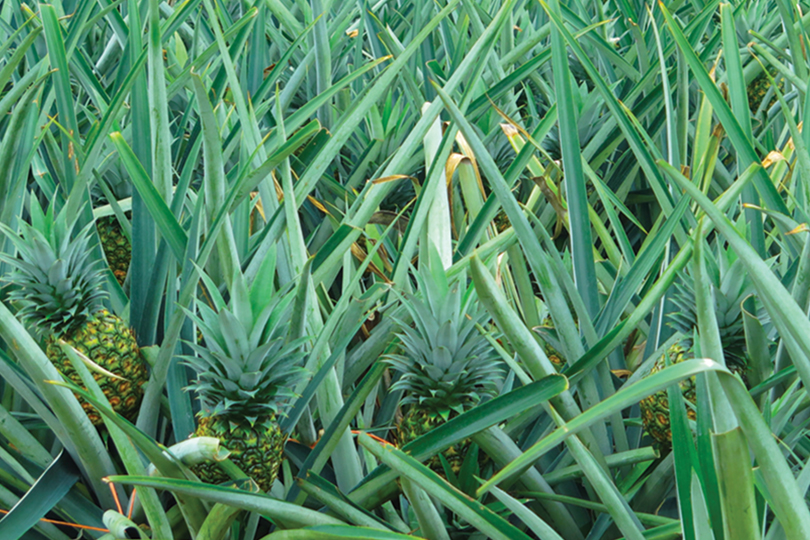
<p>Costa Rica is the world’s number one producer of fresh pineapples.</p>
<p>But pineapples need a large amount of fertilizer and pesticide to grow.</p>
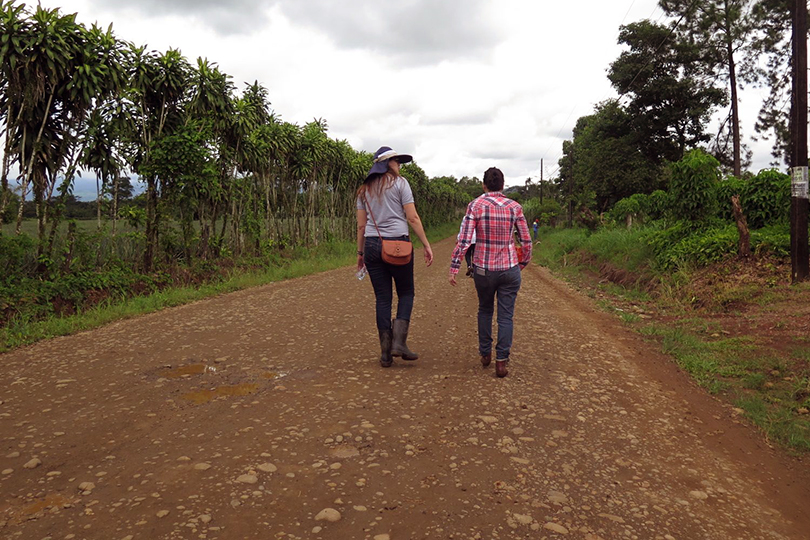
With the help of the IAEA and the Food and Agriculture Organization of the United Nations (FAO), Costa Rican experts are exploring the use of nuclear technology to help producers grow pineapple and other crops more efficiently and ecologically.
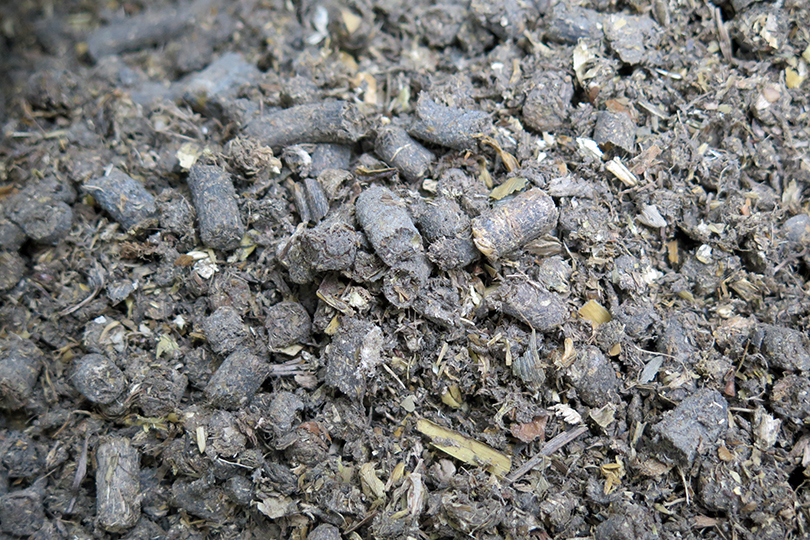
They are studying the use of biochar, a carbon-rich material made of pineapple plant residues.
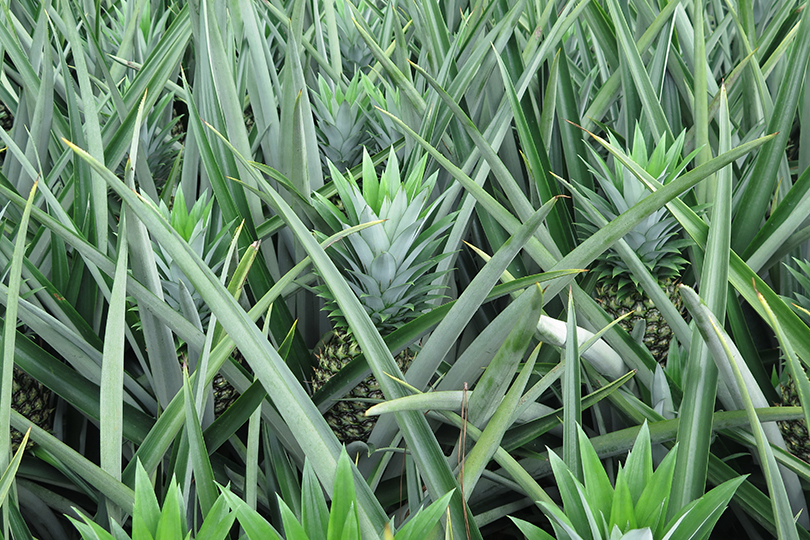
In other parts of the world, biochar has shown that it can improve soil fertility, reduce greenhouse gas emissions related to agriculture and avoid losses of pesticides into ground water.
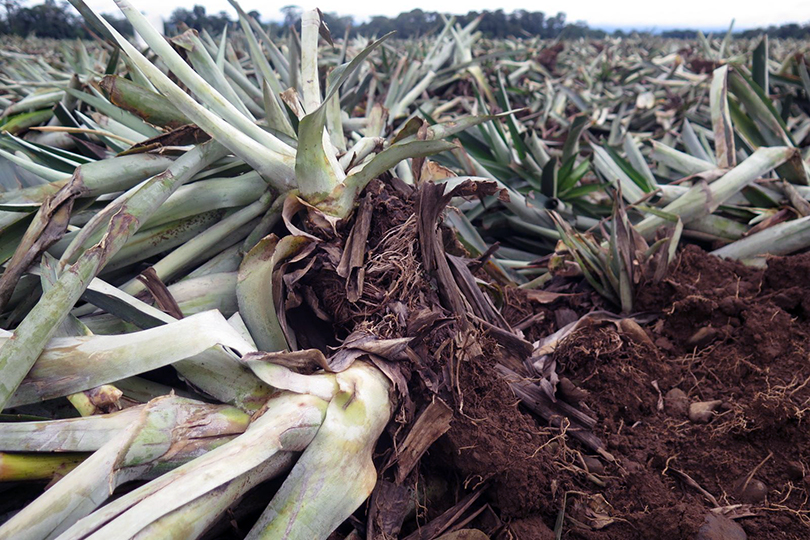
Importantly, producing biochar can help Costa Rica reduce waste from pineapple production. The country currently generates more than 10 million tonnes of pineapple residues as a by-product per harvest, every 18 months.
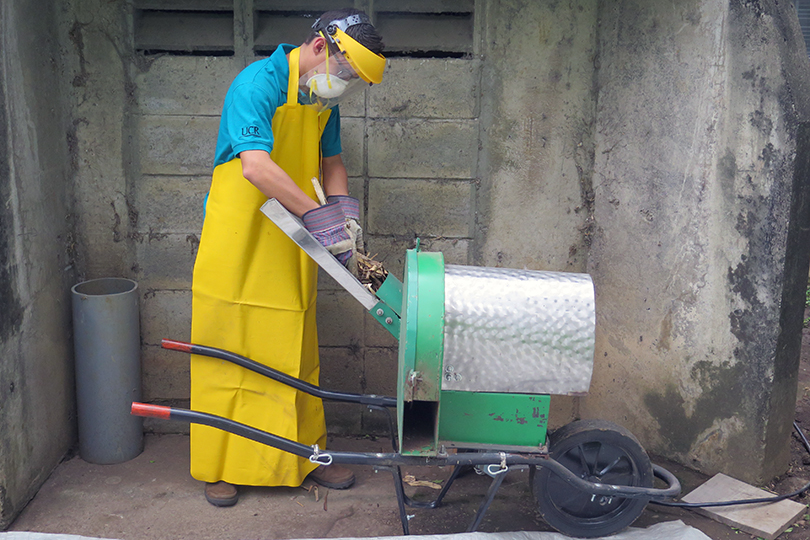
So how is it made? Scientists in Costa Rica collect pineapple residue, crush it, and make tiny pellets out of it.

Like these.
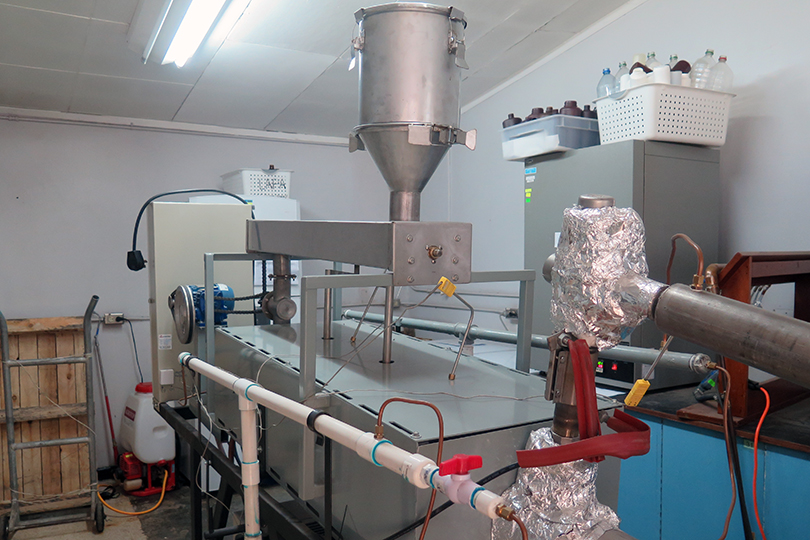
They insert these pellets into a furnace and burn them at very high temperatures in the absence of oxygen, a process known as Pyrolysis. Out comes biochar.
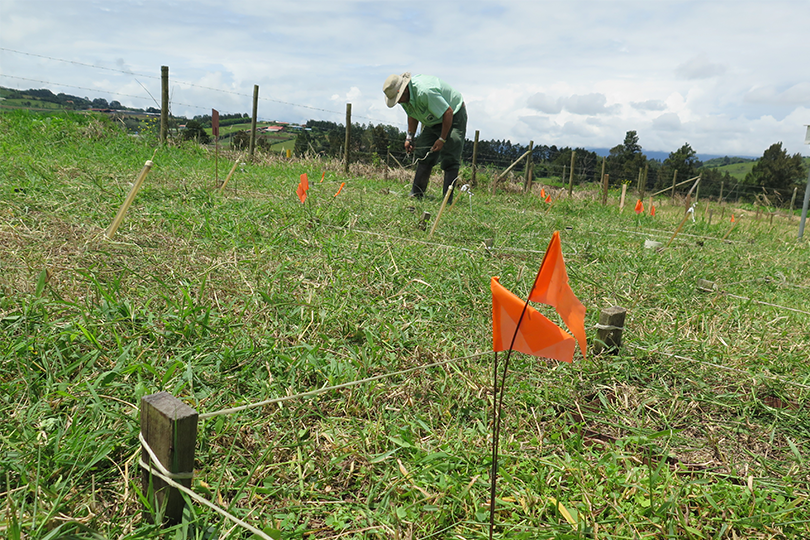
They apply it on soil.

And, back in their labs, they test the benefits of biochar using isotopic techniques.
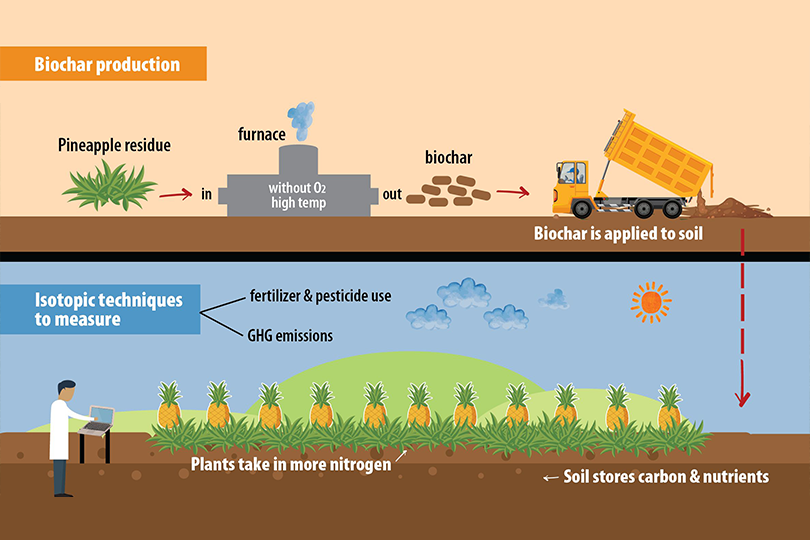
<p>Here’s an infographic of the entire process.</p>
<p>Infographic: Fady Nassif/IAEA</p>
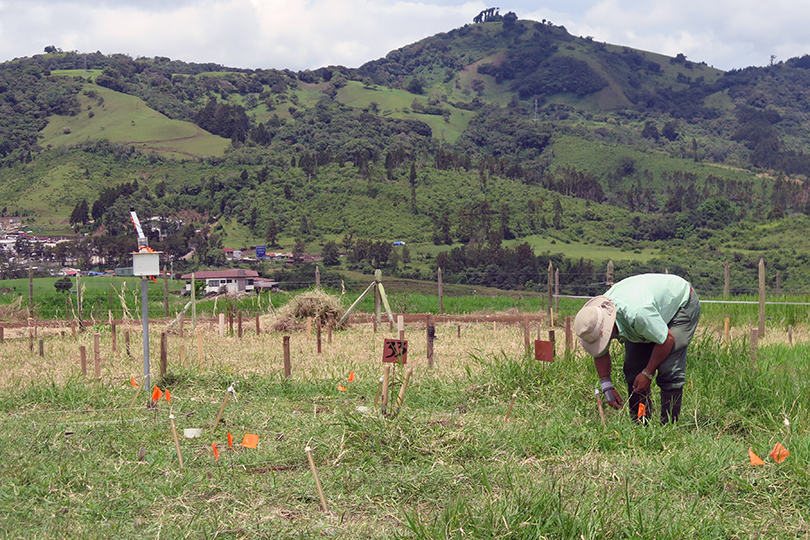
<p>So how do they study it? For example, scientists apply pesticides labelled with a radioactive isotope — carbon-14 (14C) — to soil mixed with biochar.</p>
<p>Like this, they can follow the pesticides’ behaviour and can check if biochar actually holds them in the soil to avoid losing it to ground waters.</p>

They can also find out if biochar helps the soil to store more carbon, which would reduce carbon dioxide (CO2) emissions into the atmosphere.
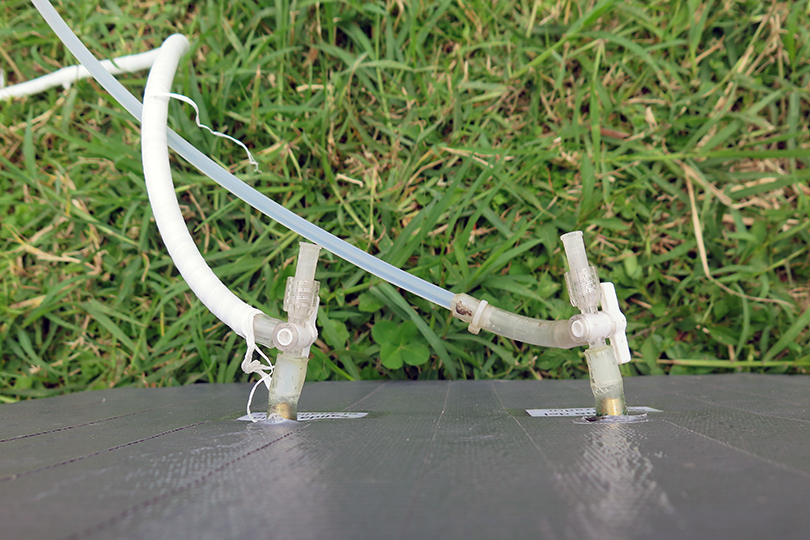
Using fertilizers labelled with the nitrogen-15 stable isotope (15N) — an atom with an extra neutron compared with ‘normal’ nitrogen — scientists can also track the amount of nitrogen taken by plants or lost to the atmosphere as greenhouse gas or to surface and groundwater and can determine how effectively the crops are taking up the fertilizer. This helps them optimize fertilizer use on farms.
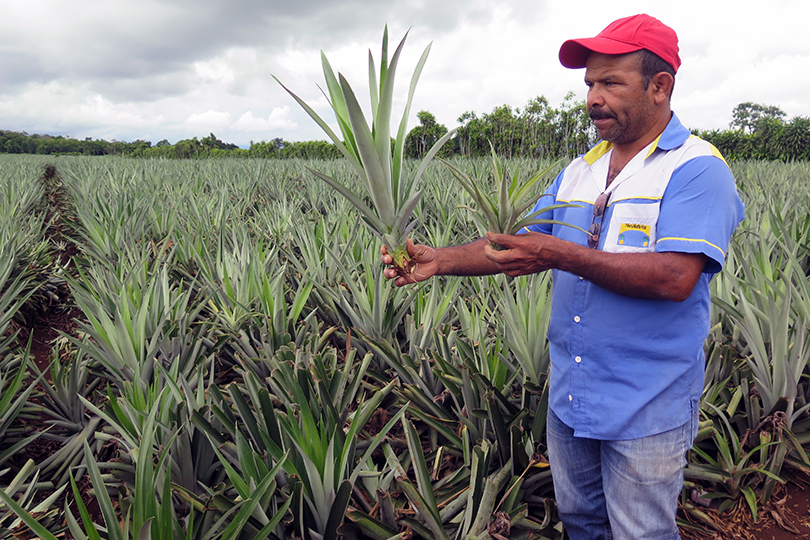
Reducing fertilizer use can also help farmers economically. With biochar, pineapple plants would need less fertilizer, less pesticides and could produce fruits faster.

<p>Thanks to the information the scientists are gathering using these techniques, policymakers will be equipped with enough knowledge to make the right decisions about carbon policies. And this, ultimately, can help Costa Rica and the planet.</p>
<p>Photos and text: Laura Gil/IAEA</p>